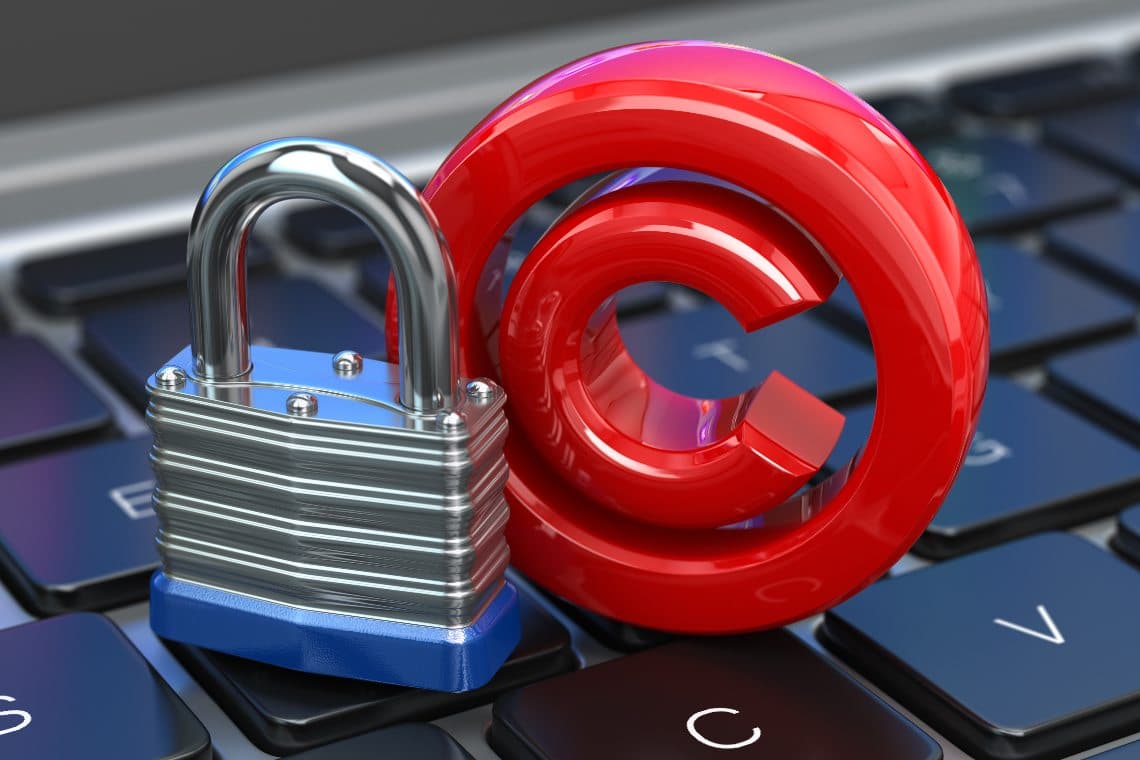When minting, selling or buying a Non-Fungible Token, the issue of intellectual property and all the rights associated with the NFT and the work it represents still seems to be unresolved.
Summary
NTFs and intellectual property: what is recorded on the blockchain
The NFT market is experiencing tremendous growth this year, with multi-million dollar sales mainly related to digital artworks being auctioned on dedicated marketplaces.
Yet, there is still a lot of confusion when it comes to rights such as copyright or intellectual property associated with them. In fact, many people still do not understand what is actually being purchased when they obtain their NFT.
Like all tokens, non-fungible tokens which often represent images, videos, sounds, are registered on the Blockchain. However, while each NFT is linked to a digital content, the digital content itself is not the NFT.
In essence, by viewing the Blockchain, one can publicly see the NFT’s ID, the record of its transactions (transfers) and a link to the smart contract that includes all the information about where the digital content associated with the token is hosted.
In this regard, the supposed disadvantage when it comes to intellectual property and NFTs is that the digital content file, the artwork, cannot actually be written on the Blockchain. The result, as described by Anil Dash, creator of NFT is summarized as follows:
“this means that when someone buys an NFT, they’re not buying the actual digital artwork; they’re buying a link to it”.

Minting an NFT: intellectual property
According to the report, minting an NFT can be classified as a copy or even a derivative of the original work. It would be like creating “a work based on one or more pre-existing works” as an “artistic reproduction or any other form in which a work may be recast, transformed or adapted”.
In other words, under US copyright law, the holder of the intellectual property or copyright (in the absence of a licence) is and should be the only one with the authority to transform the original work into a NFT.
And indeed, the case of Larva Labs’ CryptoPunk, which had successfully managed to have it removed from the NFT OpenSea marketplace, caused confusion. It was unclear whether or not the owner of the NFTs held the intellectual property rights to the Punk, and therefore whether they had the right to request the removal of the non-fungible token.
This means that it is still unclear whether the owner of the intellectual property of the NFT is its original creator or the current owner. Another questionable issue of intellectual property also arises when an NFT is fractioned.
Art and decentralization: the blockchain for removing plagiarism and manipulation
When it comes to intellectual property and copyright of works of art, the issue of plagiarism and manipulation also automatically arises.
In this regard, last March, in the first episode of TALK LIVE on the platform The Nemesis, in collaboration with The Cryptonomist, this very topic was discussed in the NFT sector.
The panel involved Federico Clapis (visual artist), Riccardo Giorgio Frega (Bitcoin Italia Podcast), Serena Tabacchi (Director Mocda) and Amelia Tomasicchio (CEO of The Cryptonomist).




